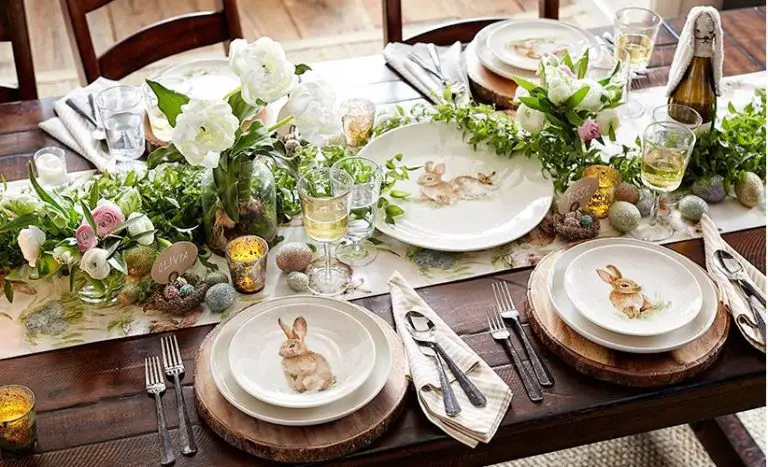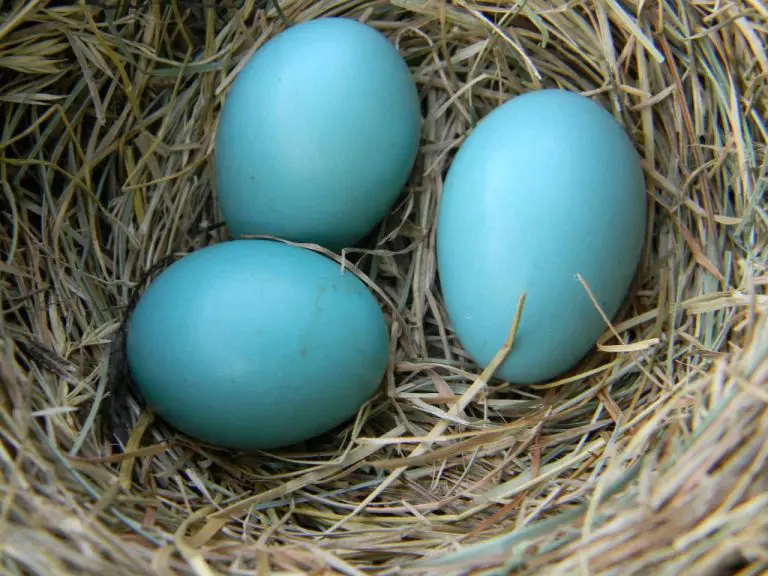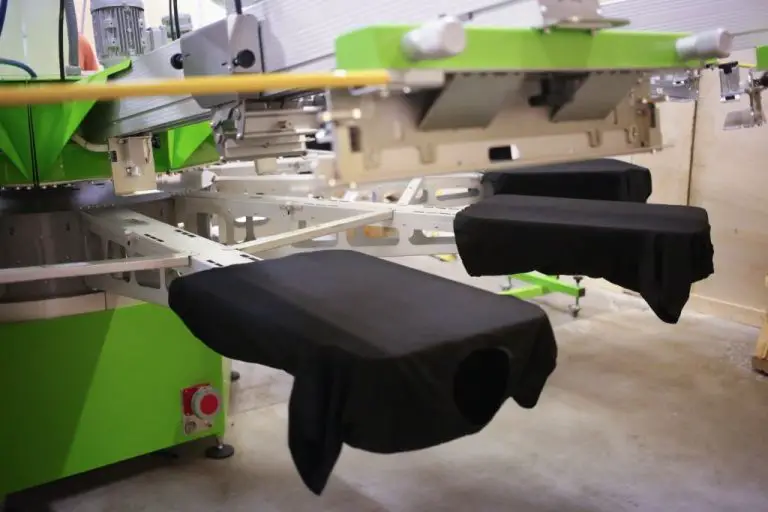What Are The Basic Shapes Of Clay?
Clay is an incredibly versatile medium that has been used by artists and craftspeople for millennia. The term “clay” refers to any naturally occurring material composed primarily of fine-grained minerals that is plastic when moist but hard when fired. There are many types of clay, but some of the most common include earthenware, stoneware, and porcelain.
Clay can be molded into an endless variety of shapes and forms. However, there are several fundamental, basic shapes that are most commonly used with clay. Mastering these elemental forms is an important foundation for any clay artist. The basic shapes of clay include spheres, cubes, cylinders, cones, pyramids, rectangular prisms, disks, and rings.
Understanding the unique structure and properties of each basic shape is crucial. For example, a sphere is perfectly rounded in all directions, allowing clay artists to create smooth, curved forms. Cubes and rectangular prisms have flat sides and right angles, making them ideal for constructing square objects. Cylinders provide both flat and curved surfaces. And cones can be used to form points. Mastering these fundamental building blocks unlocks a world of possibilities with clay.
Sphere
The sphere is one of the most basic and recognizable 3D shapes. It is completely round with a curved surface that has no edges, vertices or flat sides. Spheres are formed when a circle is rotated around its diameter, creating a smooth, 3D object that resembles a ball or globe.
Spheres are unique in that every point on their surface is an equal distance from their center. Their convex, contiguous form allows spheres to have the smallest surface area for their volume out of all other shapes. Though spheres occur rarely in pure form in nature, many objects like oranges, baseballs and planets approximate a spherical shape.
When working with clay, spheres are one of the easiest forms to sculpt. One only needs to roll clay into a ball, smoothing out any imperfections with their fingers or tools. Making solid spheres allows artists to create rounded forms like heads and faces. Hollow spheres can also be made using techniques like pinch pots. The simple, recognizable form of the sphere makes it a foundational shape for learning sculpting.
Cube
The cube is one of the most basic and recognizable 3D shapes. It is formed by 6 square faces of equal size connected at right angles. This gives the cube 8 vertices and 12 straight edges. All angles on a cube are right angles at exactly 90 degrees.
The symmetry of the cube makes it a very stable shape. Cubes also stack and pack efficiently due to their straight sides and sharp corners. These properties make the cube shape ideal for building structures like bricks as well as packing boxes and crates.
Cubes are also the 3D analog of the square, just as rectangular prisms are analogs of rectangles. The cube can be thought of as a square extended along a third dimension perpendicular to the 2D square faces.
Cubes are highly recognizable geometric forms that are easy to create in clay. The right angle symmetry lends itself well to molding and sculpting. Cubes make great bases for building other shapes and structures. They are an essential shape for beginners to practice with clay.
Cylinder
A cylinder is one of the basic shapes used in working with clay. It has two circular ends of equal size that are parallel to each other. The sides are straight and connect the top and bottom circular faces.
To create a cylinder out of clay, start by rolling clay into a ball. Next, roll the clay ball between your palms to form a smooth, elongated cylindrical shape. Pinch the ends to form circular faces on the top and bottom. The key is keeping the circular faces parallel and the side surface straight as you shape the clay into a cylinder.
Cylinders are a common shape seen in pottery pieces like vases, cups, and bowls. The circular top and bottom provides stability for items to rest on flat surfaces. The straight sides also make cylinders easy to stack and store.
Learning to create uniform cylinders is an important skill in working with clay. Once mastered, cylinders can be used as building blocks to construct more complex forms. Decorative elements can be added to a basic cylindrical form to create beautiful and functional pottery pieces.
Cone
A cone is one of the basic shapes used in working with clay. It has a circular base that tapers up to a point called the apex. Cones are formed by pinching and pulling the clay into the desired shape.
Cones have a few defining characteristics:
- Round bottom – The base of the cone is circular.
- Comes to a point – Opposite the base, the clay tapers to a point called the apex.
- Used for handles – Cones are often used to create the handles for mugs, cups, and other vessels. The round base allows a comfortable grip.
Cones can serve both decorative and functional purposes in ceramic projects. Their tapering shape and pointed top create interesting visual elements. At the same time, the circular base can act as an ergonomic handle for grasping. Clay artists utilize cones in creative ways to enhance both the look and utility of their pieces.
Pyramid
A pyramid is a three-dimensional geometric shape where the base is a polygon and the sides are triangles which meet at a common point (the apex). Pyramids are named after the base, so a pyramid with a square base is called a square pyramid. The most famous pyramids have triangular bases and are found in Egypt where they were built as tombs for the Pharaohs.
What makes a pyramid a unique shape is its triangular sides that slope upwards and meet at a central vertex or apex. This apex can be directly above the center of the base, or offset to one side depending on the symmetry of the pyramid. The triangular faces of a pyramid mean that it takes on a true three-dimensional form, while still being a stable structure if balanced correctly.
Pyramids have triangular cross-sections when sliced parallel to the base. The base forms the foundation while the sloping triangular sides converge towards the top point. Due to its geometric proportions, the pyramid shape provides both strength and stability, which is why ancient civilizations favored it for massive monumental structures.
Mathematically, pyramids exhibit very precise symmetrical forms. The proportions and angles between the base edges and the apex can be calculated using trigonometric functions. The size of the base determines the overall volume of space enclosed within the pyramidal shape.
Pyramids are one of the simpler three-dimensional shapes for beginners to sculpt with clay. Start with a square base and gradually mold four triangular sides leading up to a point at the top. The clay holds its shape giving the finished piece a sharp, geometric quality.
Rectangular Prism
A rectangular prism is one of the most common shapes used in clay. It has 6 flat sides with sharp 90 degree angles between each side. The opposite sides of a rectangular prism are identical, meaning the length and width are the same on opposite sides. This equality of opposite sides makes the rectangular prism a highly stable and stackable shape.
Rectangular prisms are useful for constructing bricks, blocks, cubes, and many other cubic structures. The sharp edges and flat surfaces allow the shapes to be stacked and assembled in various ways. Craftspeople often use rectangular prism shapes when designing clay sculptures or decorative structures. The rectangular prism provides a fundamental geometric shape that can be repeatedly used and combined to create larger and more complex forms.
Disk
A disk is a flat, circular clay shape. It is formed by flattening a ball or cylinder of clay using a rolling pin or slab roller. Disks have two flat, circular faces and a uniform thickness. The thickness of a clay disk can range from very thin, like a coin, to much thicker. Disks are a very versatile basic shape used in pottery and sculpture.
Disks are useful because their flat surface provides a good base for building vertical forms. Disks can be stacked or combined to create more complex shapes. Cutting out shapes from a clay slab forms disks and rings. Disks are often textured or shaped while the clay is soft using techniques like paddling, pressing in textures, or cutting decorative edges. When stood on their edge, disks become cylindrical. Turned vertically, a disk becomes a wheel.
Disks are one of the most basic, foundational shapes in working with clay along with the sphere, cube, cylinder, and cone. Mastering simple disk forms provides a strong foundation for more advanced clay work. Disks teach fundamental techniques like rolling slabs, cutting shapes, joining, and texturing. Beginning potters often make bowls, plates, and trays from shaped and decorated disks. With creativity, a simple disk of clay can be turned into a vast range of functional and decorative objects.
Ring
A ring is a flat, circular, donut-shaped piece of clay with a hole in the center. Rings are simple round clay shapes that resemble oversized washers. They have a flat bottom and flat top surface, with the inner and outer edges forming a complete circle.
Rings can be made by rolling out a snake of clay into a long coil, then bringing the ends together and smoothing the seam. Pinching the center of the coil before joining the ends forms the inner hole. The size of the hole depends on how much clay is pinched out. Rings can have small, medium, or large holes.
Rings are a fun, basic shape for both novice and expert clay artists. They can be decorated with textures, colors, and imprints. Rings also serve as a base for many other clay creations, like bowls, planters, candle holders, and more. Their circular form and central hole provide endless design possibilities.
Conclusion
Clay is an incredibly versatile medium that allows for endless creativity in shaping and sculpting. The basic shapes covered in this article – the sphere, cube, cylinder, cone, pyramid, rectangular prism, disk, and ring – provide a foundation for working with clay. While simple, incorporating these elemental forms into more complex constructions, both abstract and representational, allows an artist to create works with greater dimension and interest.
The ability to manipulate clay into any shape imaginable gives it a unique advantage over other sculpting materials. A diversity of forms, achieved through smoothing, carving, coiling, pinching, or joining multiple pieces, adds visual appeal and satisfies our intrinsic appreciation for variation over uniformity. Though clay can be molded into prescribed forms, the element of the maker’s hand introduces small imperfections that add organic beauty and uniqueness to each piece.
More than mere child’s play, shaping clay is an empowering act that connects us to our creative potential. The basic shapes allow for an infinite combination of sizes, orientations, textures, and configurations. As a medium without limits, clay enables our imagination to take tangible shape. Just as clay takes shape under the pressure of the artist’s hands, so too can our creative vision take form and become realized in the world.




